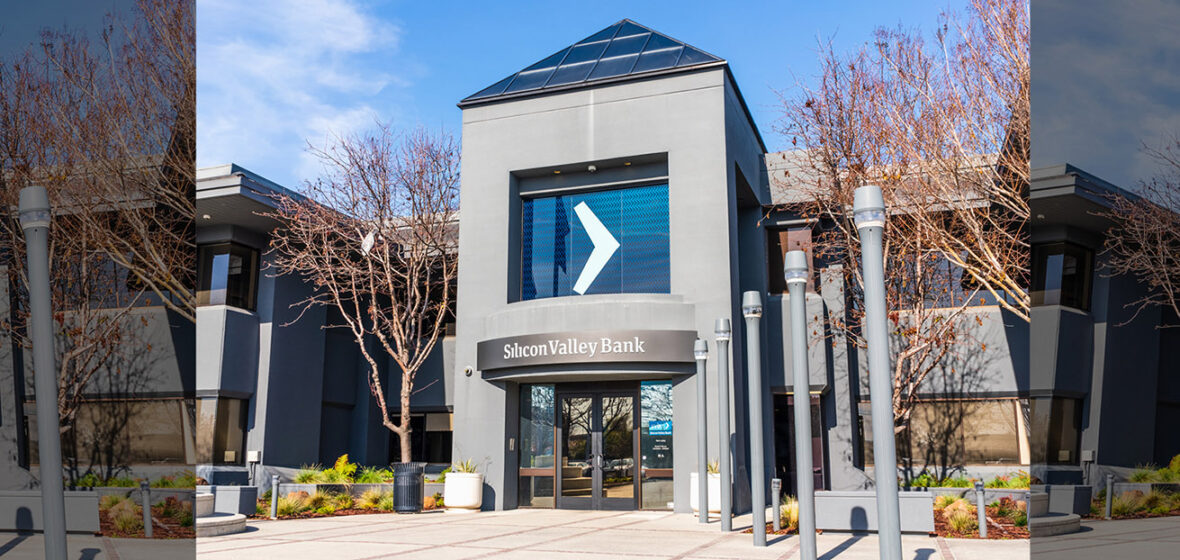I suspect the argument the shareholders will run is that management knew the asset portfolio had declined substantially and it reached a point where they had an obligation to inform shareholders, but failed to do so, either intentionally or recklessly in violation of those continual disclosure obligations.
The collapse of Silicon Valley Bank (SVB) in the US sent shockwaves through the technology industry, worried depositors and concerned global onlookers, in the second-largest bank failure in US history and the largest failure since the Global Financial Crisis in 2008.
Just days after it collapsed on Friday 10 March, one of the bank’s shareholders filed a securities class action lawsuit against its parent company SVB Financial Group, CEO Greg Becker and CFO Daniel Beck, claiming the financial institution failed to disclose the risk that interest rate hikes would have on its business.
As the name suggests, the financial institution is focused on start-ups, venture capital funds, and the broader Silicon Valley network in California. Last week, the bank’s stock collapsed under the weight of $US42 billion ($63 billion AUD) in withdrawals after they disclosed a $1.8 billion loss on bonds purchased before interest rates began to spike.
This subsequently raised alarm bells among its customer base, who used social media to spread warnings about the impending downfall.
Associate Professor Mark Humphery-Jenner, School of Banking & Finance at UNSW Business School told LSJ the class action will likely be the first of a string of lawsuits against the bank and its top executives.
“I suspect the argument the shareholders will run is that management knew the asset portfolio had declined substantially and it reached a point where they had an obligation to inform shareholders, but failed to do so, either intentionally or recklessly in violation of those continual disclosure obligations,” Humphery-Jenner said.
“The company reportedly only revealed this recently, although there is some debate about the time frame.
“Management will likely retort that this was clear from the annual report, where they revealed the nature of the types of things held in their balance sheet. But back in January there were some warnings that their balance sheet might have issues.”
The lawsuit, led by shareholder Chandra Vanipenta, is looking for unspecified damages to be awarded to those who invested in SVB between 16 June 2021 and 10 March 2023. Vanipenta claims he bought shares at “artificially inflated” prices due to false statements made by SVB’s management group.
In particular, the lawsuit said the annual reports for 2020 through 2022 “understated the risks posed to the company by not disclosing that likely interest rate hikes, as outlined by the Fed, had the potential to cause irrevocable damage to the company.”
It also claims that the company “failed to disclose that, if its investments were negatively affected by rising interest rates, it was particularly susceptible to a bank run.”
“Had Plaintiff and the other members of the Class been aware that the market price of the Company’s securities had been artificially and falsely inflated by the Company’s and the Individual Defendants’ misleading statements . . . they would not have purchased the Company’s securities at the artificially inflated prices that they did, or at all,” the lawsuit says.
 Associate Professor Mark Humphery-Jenner, School of Banking & Finance at UNSW Business School
Associate Professor Mark Humphery-Jenner, School of Banking & Finance at UNSW Business School
Humphery-Jenner also said there has been outrage over alleged insider trading plans after it was revealed the CEO sold $3.6 million worth of shares at the end of February, capping two years of stock sales totally nearly $30 million.
“The background to these class action suits will likely be allegations of insider trading,” he said.
“There are allegations that potentially management sold shares erroneously. Now, they clearly got approval, because there is quite a lot of hoops you need to jump through to sell shares.
“But if the facts change after that approval, people might allege that they were selling these shares knowing full well the company was about to tank.”
The US Government has taken “extraordinary steps” to stop a potential banking crisis, assuring all depositors at SVB that their money will be protected. However, shareholders will not be protected.
It came after regulators announced on Sunday that New-York based Signature Bank had also failed.
The Treasury Department, Federal Reserve and the FDIC released a joint statement announcing the creation of a new Bank Term Funding Program aimed at protecting further institutions affected by the market instability of the SVB collapse.
Under the plan, depositors at SVB and Signature Bank will have their holdings protected, including those with funds exceeding $US250,000 ($374,132 AUD) that would not have been initially covered.
Humphery-Jenner told LSJ the US Government quickly recognised the need to maintain confidence in the banking system, so “changed its own rules” to intervene.
“The details are still a little bit opaque. It is not entirely clear what time frame they are going to be able to access all their money,” he said.
“In their joint statement, they indicated people could access all their money on Monday 13 March. However, whether or not that actually materialises, remains to be seen.
“Australia seems to be relatively insulated from his. Some of the Australian start-ups had gone over to Silicon Valley Bank, like Canva, but it seems they did not do very much with SVB. They had an account there because it was a status symbol. But they have been relatively unaffected especially since Government has come in and assured all depositers.”




